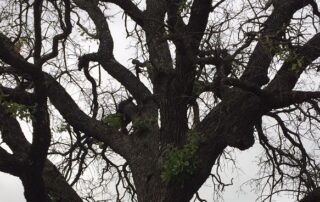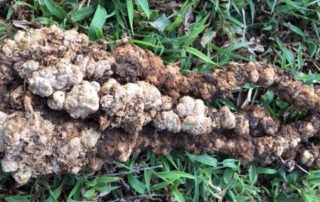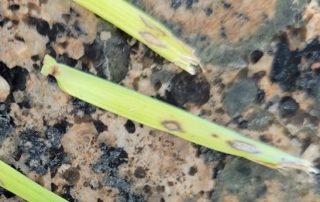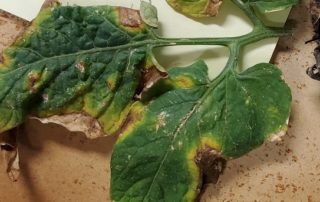Fig Leaf Rust
When fig leaves start looking sad in late summer we get a lot of questions about what can be done. Figs are susceptible to a fungal disease called Fig Rust and it is not uncommon to see symptoms of this fungus on stressed trees. Fig Rust symptoms begin as angular yellow-green flecks on the leaf. The spots become more yellow and eventually turn a yellowish brown. On the underside of the leaf the spots appear as small blisters from [...]












